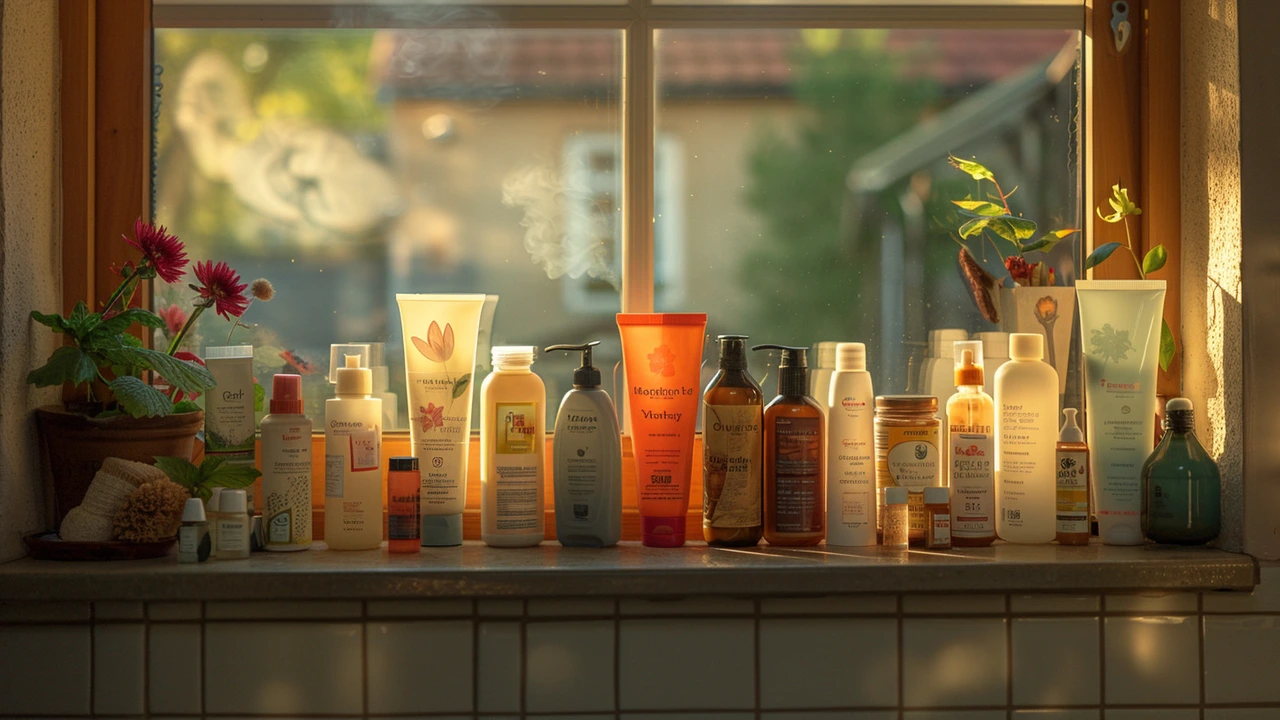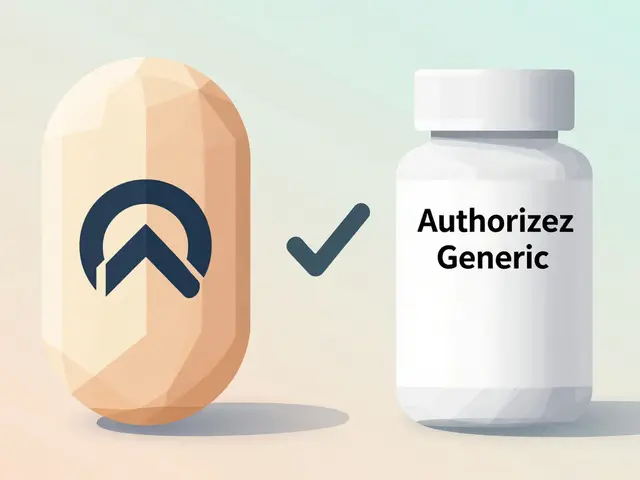Selecting the Perfect Tretinoin Strength — May 2024
Stronger doesn’t always mean better. In May 2024 we published a clear, practical guide to picking the right tretinoin strength for your skin. If you’ve ever wondered whether to start at 0.025%, jump to 0.05%, or hold out for 0.1%, this page sums up the main points so you can decide with confidence.
The article focuses on matching tretinoin strength to skin type, how to introduce it without drama, and simple ways to reduce irritation while still getting results. Below I’ll give you the quick rules and a straightforward plan you can try at home.
Which strength for which skin?
Think of tretinoin strength like spice heat. Sensitive or thin skin: start low. Most dermatologists suggest 0.025% for people who react easily, have rosacea, or use other actives. Normal to combination skin: 0.05% is the common middle ground — enough potency without too much irritation for many users. Oily, thick, or long-term retinoid users: 0.1% can deliver faster visible changes, but only after your skin has adapted.
Age, previous retinoid use, and your goals matter. If your main aim is mild texture smoothing or prevention, lower strengths work well. For stubborn acne or advanced photoaging, higher strengths may be necessary under supervision.
How to start and when to step up
Start slow. Use tretinoin every third night for the first two weeks, then every other night for two weeks, then aim for nightly as tolerated. If irritation, redness, or flaking shows up, back off to the previous frequency or apply a small pea-sized amount to dry skin instead of damp skin.
Buffering helps: apply a moisturizer, wait 10 minutes, then add tretinoin. Or mix a pea-sized amount with moisturizer in your palm before applying. These tricks cut irritation but also slow visible results a bit — that trade-off is fine if it keeps you consistent.
Ready to increase strength? Only when you can use your current strength nightly for at least 8–12 weeks without persistent irritation. Move up one step (0.025% → 0.05% or 0.05% → 0.1%) and repeat the gradual schedule. If irritation returns, step back and re-adapt.
Quick safety notes: avoid tretinoin during pregnancy and breastfeeding unless your provider says otherwise. Use sunscreen daily — tretinoin makes your skin more sensitive to the sun. If you’re on other prescription acne meds or oral retinoids, check with your clinician before combining.
This May 2024 post aimed to cut through confusing advice and give clear, practical steps. If you want, read the full article for examples of routines, product textures, and troubleshooting tips based on real user responses. Small, steady steps usually win when it comes to tretinoin.
Choosing the correct tretinoin strength can make a significant difference in your skin care journey. This article explores different tretinoin strengths, how to match them with various skin types, and practical tips for integrating them into your skin routine.
Continue reading...






